Diabetes is a fairly serious disease, and according to statistics, almost one in every four people is susceptible. With more than 350 million people suffering from it today, the diabetes diet is being carefully studied and, according to experts, not only patients, but also those who are prone to diabetes should follow.
Being overweight, genetically predisposed, or having stomach problems can lead to a precipitous cessation of insulin production and other unpleasant manifestations, and dietary adherence will become necessary to maintain normalcy.
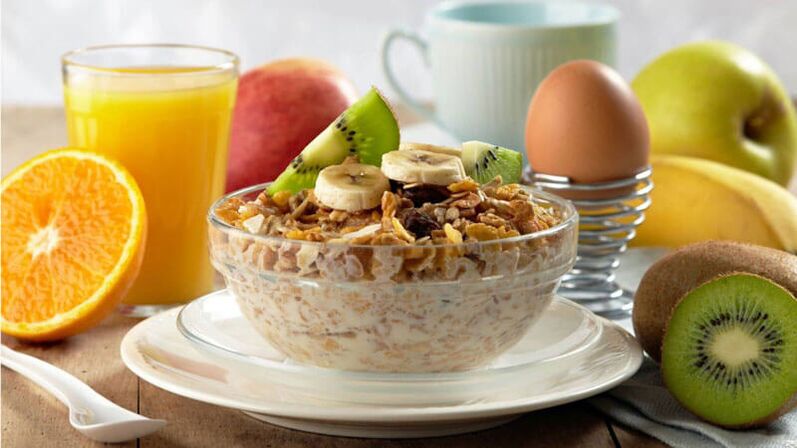
Nutritional features of diabetes
Depending on the type of disease, the diet for diabetes can vary widely. Generally, there are two main types of diabetes with multiple nutritional forms and rules due to metabolic disturbances and the conversion of sugar to glucose.
But each disease requires adherence to general dietary habits.
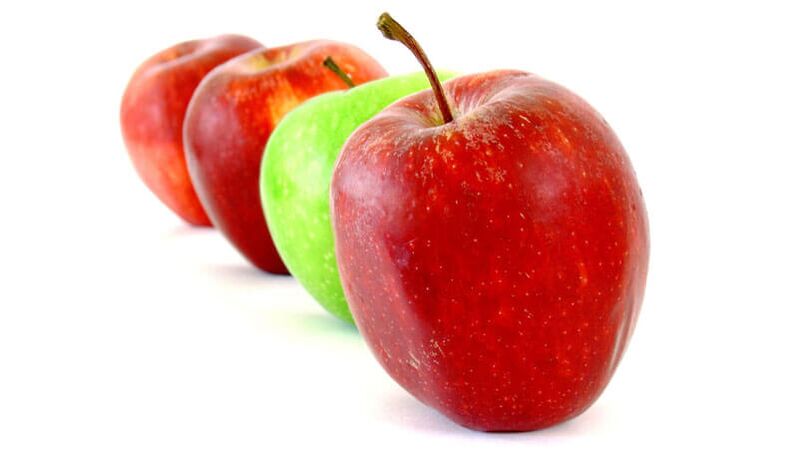
Essential Nutrition Guidelines for Diabetes
The nutrition of diabetes should strictly abide by the basic laws. Therefore, for these two diseases, the diet has the following aspects:
- The diet should contain a balanced ratio of protein, fat and carbohydrates associated with the presence of disease.
- The number of meals should be increased slightly. So, you should eat small portions every 3-4 hours, and diabetic dishes should be low-calorie.
- The calorie content of foods and dishes should be calculated carefully - it should not exceed daily energy expenditure. Otherwise, there is an increased likelihood of weight gain, which is fraught with complications in diabetes.
- The diet of almost all patients with this disorder pursues the basics of a correct and balanced diet. You should include vegetables and fruits, carbohydrates and proteins in your diet, and don't neglect fats and amino acids.
It should be noted that each patient should consult with their healthcare professional regarding the nutritional basics of their particular case. Following a specific diet is not recommended without consulting a doctor, even if it is for people with diabetes.
The attending physician must calculate the calorie content for the patient and make certain changes according to the individual characteristics of the body.
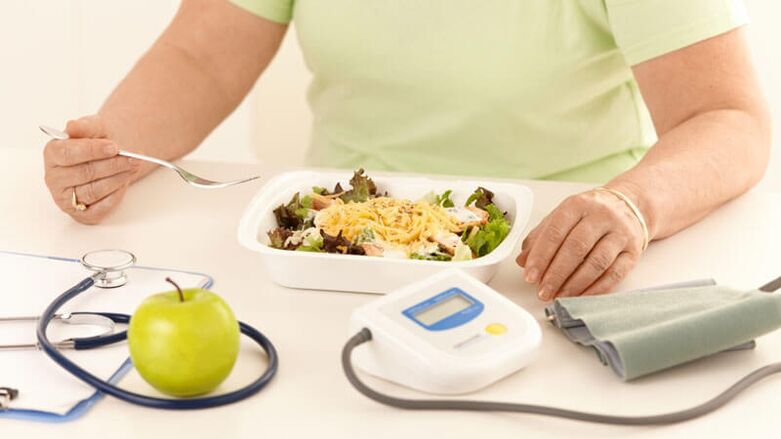
Type 1 diabetes and diet
As strange as it may sound, the diet for type 1 diabetes is based on the correct administration of insulin, so here you should consider foods that significantly increase blood sugar.
It turns out that for such patients, nutrition does not require any restriction, just correct accounting and timely injection of insulin into the blood. The following principles and rules for administering insulin are provided here:
- Foods that do not contain a lot of carbohydrates in their ingredients should not be considered. For example, meat and fish, eggs and cheese, cottage cheese, and butter can be eaten in moderation, but they cannot be reduced or eliminated.
- Only products containing carbohydrates can be counted - these are flour and confectionary products, as well as plant products and liquid dairy products.
Insulin should be administered according to the amount of food ingested. You should also adjust your food consumption in time. Here you need to manage insulin using the following principles and rules:
- If treating with short-acting insulin, use it 20 minutes before meals;
- Introduce 40 minutes before a meal if treated with intermediate-acting insulin;
- When using combination insulin, dosing is scheduled 20 minutes before breakfast, every 3 hours during the day, and half an hour before dinner.
Insulin doses should be calculated based on the amount of food consumed. Calculated by calculating bread units (XE).
The unit is a 25-gram piece of bread (10-12 grams of carbohydrates), which increases a person's blood sugar by 1. 8 mmol/L.
The attending physician can tell you exactly the result of the calculation. Also, to accurately calculate your insulin dose, you should study the table, which shows an indicator of the carbohydrate content of each product.
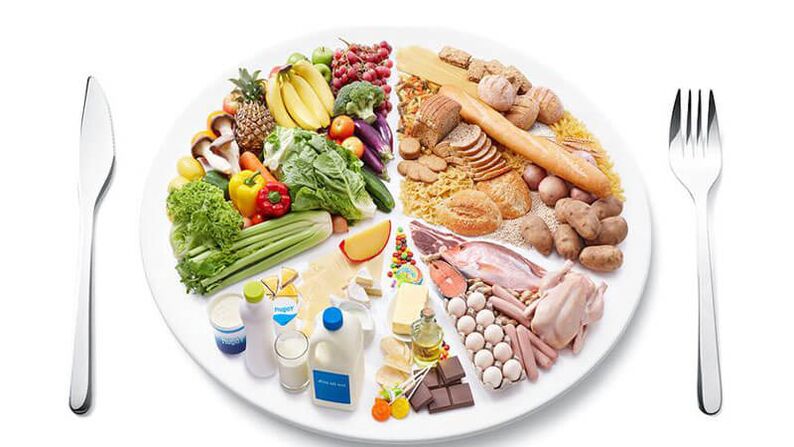
Type 2 diabetes and diet
The type 2 diabetes diet is markedly different from the type 1 diet. Here, it is important not only to consider the products that are allowed to be eaten, but also to carefully monitor the calorie content of the daily diet. So here are the metrics:
- The normal daily calorie content should be in the range of 1600-2500 kcal, depending on the patient's weight and energy expenditure;
- In the case of overweight, the calorie content is bound to be reduced to 1300-1500 kcal;
- If you are very overweight, the attending physician can reduce the calories to 1000 kcal per day;
- Sometimes being overweight is significantly overweight and the daily calorie content drops to 600-900 kcal.
The calorie content of food should be calculated by the attending physician, because not only one's body mass index, but also the presence of arrhythmias, serious chronic diseases, gout, mental disorders, etc. are considered.
The diet for people with type 2 diabetes is as follows:
- Carbohydrates should not exceed 55% of the total daily meal. Products rich in vitamins, minerals and dietary fiber should be preferred. For example, whole wheat bread, whole grains, beans and vegetables. As for sugary products, they are completely discarded. In place of sugar, xylitol or sorbitol is allowed to be consumed at a rate of 0. 5 g per 1 kg of patient body weight, divided into 2-3 doses simultaneously.
- Type 2 diabetics are allowed to consume protein - 90 grams per day, according to physiological criteria for healthy people. Lean meats in the form of poultry, lean fish and cottage cheese should be prioritized. The daily intake of protein in the diet is 15-20%.
- 30% of the daily ration contains fat, and to a greater extent these fats come from vegetable oils.
- They consume limited amounts of salt and fatty foods.
Experts recommend taking the diet of people with diabetes seriously. It's best to make a menu every day for 2-3 days or even a whole week.
It is not redundant to present it to the attending physician, who will be able to make adjustments based on the patient's health.
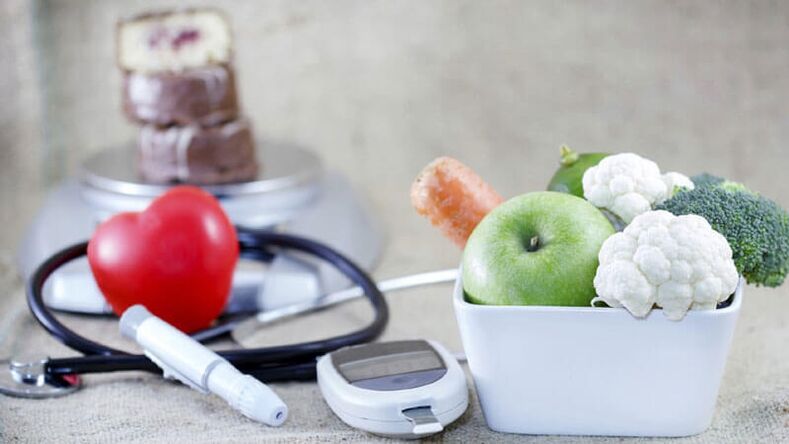
Characteristics of a low-carb diet for type 2 diabetes
As a rule, most people with type 2 diabetes are overweight and need to be eliminated immediately so a person can more easily live with the disease and not expose the body to sharp and significant "jumps" in blood sugar levels.
For this reason, many experts recommend a low-carb diet for people with type 2 diabetes. What is it?
Scientists propose that it is difficult for patients to adhere to proper nutrition and basic principles immediately after a diagnosis of the disease.
Also, the main task here is to lose excess weight, therefore, the patient needs to reduce calorie intake, which is not always possible.
As a result, a person begins to suffer from a sharp drop in blood sugar levels, which is associated with constant hunger. According to scientists, this can easily be avoided by eating more protein.
Protein foods are great for weight loss. Also, in diabetes, protein foods are the safest. This way of eating is more reminiscent of the familiar "Kremlin".
But this diet should only be done with the permission of the attending doctor, as high intake of protein in the body can be harmful to health and trigger the worsening of chronic diseases.
If the provided diet is followed, special vitamins are recommended for diabetics, which will be prescribed by the attending physician.
Principles and Basics of the "Table 9" Diet
Most experts support not only proper nutrition but also the use of special medical diets.
Therefore, especially for patients with this disease, a diet called "Table 9" was developed, which corresponds to the approved list of all medical nutritional bases.
She pinpointed exactly how diabetics should eat right, listing allowed and forbidden foods.
The presented menu is also subdivided into two categories, corresponding to the first and second types of disease. But in order to maintain normal blood sugar levels, some general principles need to be learned and followed.
Principles of the "Table 9" Diet
The proposed diet contains basic principles that should be considered without question. These include the following aspects:
- Eat up to 6 times a day. The main feature is that you need to eat a small portion every 3 hours.
- The menu for diabetics does not include fried, spicy, high-fat foods.
- You can only eat boiled, stewed and grilled dishes.
- Sweets for diabetics should be replaced with natural products or added sweeteners.
"Table No. 9" contains a complete list of permitted foods rich in vitamins and other useful trace elements. You should pay attention to fruits high in ascorbic acid, which can be eaten in small amounts during the day.

What can diabetics eat
The proposed diet shows patients well what to eat with any type of diabetes. It is recommended to include these foods in the diet to maintain blood sugar levels and prevent complications. Allowed products include:
- All flour products made from whole grains and whole wheat flours;
- sausages low in fat and fat;
- All fish related to low-fat varieties;
- all types of lean meat;
- vegetables and green vegetables;
- fruits low in sugar;
- Oatmeal, buckwheat and millet can be eaten from grains;
- any low-fat dairy products;
- Tea, freshly squeezed juices of fruits and vegetables are permitted, and herbal teas are permitted for beverages.
Depending on the type of disease, eat the permitted food according to the above rules and characteristics.
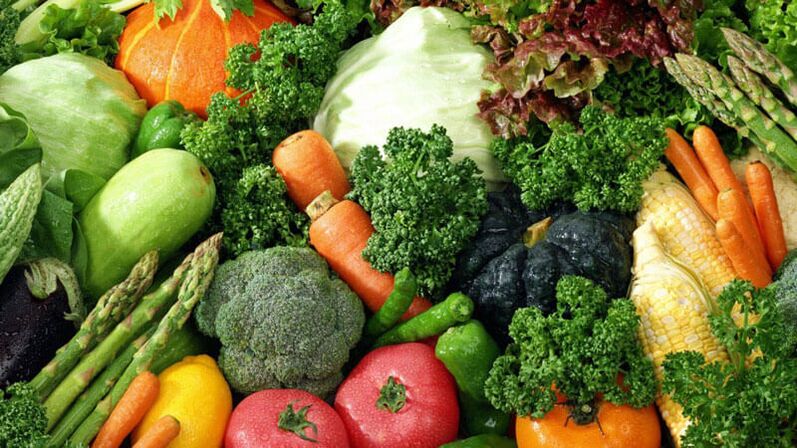
what to eat with diabetes
Foods that are forbidden to be eaten are listed in the Diet "Table No. 9" and must be eaten with great vigilance and accuracy. The list of prohibited products includes:
- All types of candy, including those high in sugar (jam type);
- fatty poultry;
- Salt in the form of salted fish, canned salt, and other pickles;
- Fat and drinkable fermented milk products, such as baked milk, cream and yogurt;
- You can't eat thick broth;
- Ban macaroni, rice and semolina - they add sugar;
- hot spices, seasonings, snacks;
- sweet fruit;
- Industrial juices in packaging - they are high in sugar;
- Any alcoholic beverages.
In this case, the type of illness does not in any way affect the likelihood of consuming the prohibited food. According to experts, even people with type 1 diabetes should stick to a diet to avoid aggravating the condition.
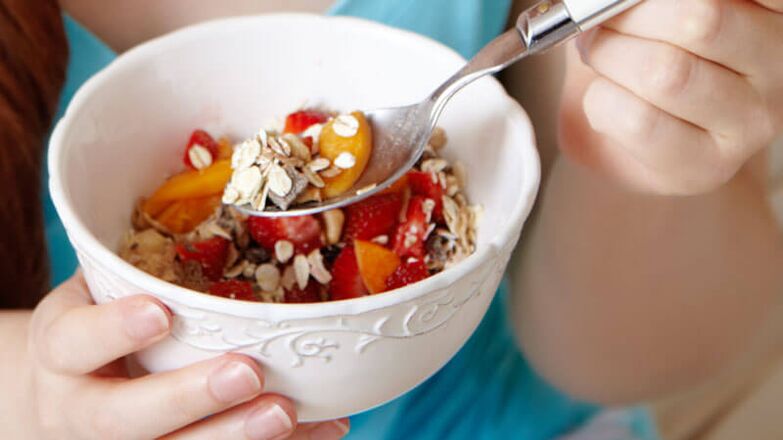
Controversial Diabetic Fruits and Vegetables
There are several controversial issues with the diet of people with diabetes. Saying that the use of natural products, including fragrances, is allowed, the doctors themselves began to limit their use by patients. What is the reason?
Controversial Diabetic Fruit
The article repeatedly mentions that unsweetened fruit is allowed in the presence of this disease. They contain a small amount of sugar so they won't harm the patient in any way.
However, what fruits can be eaten by diabetics, even experienced patients are not clear. Banning grapes goes without saying, but there are several controversial fruits, including:
- Persimmon. Can diabetic persimmons be eaten if it tastes a bit sweet. It is this fact that confuses most patients.
It turns out, in fact, that this fruit contains many vitamins, amino acids, trace elements and sucrose. This fact even allows patients to use persimmons because of its health benefits. But this fruit also has a high glycemic index — 70 percent.
It turns out you can eat persimmons, but in limited quantities - 70 grams of fruit is 1 XE. People with type 2 diabetes can also eat persimmons, but in limited quantities—no more than 1 fruit per day.
- Mandarin. Citrus fruits can be used for people with diabetes, but in moderation. But whether diabetics can eat oranges is a matter of debate.
The truth is that oranges contain a lot of carbohydrates, which can cause a dramatic spike in blood sugar levels in people with diabetes. Therefore, experts advise against eating oranges, even in moderation.
- Watermelon and Melon. Melons are ripe in late summer, and patients are encouraged to eat more watermelons and melons.
These berries have a high glycemic index - 75% and 65%, respectively. This results in a sharp release of sugar into the patient's bloodstream, which can cause discomfort and lead to fainting.
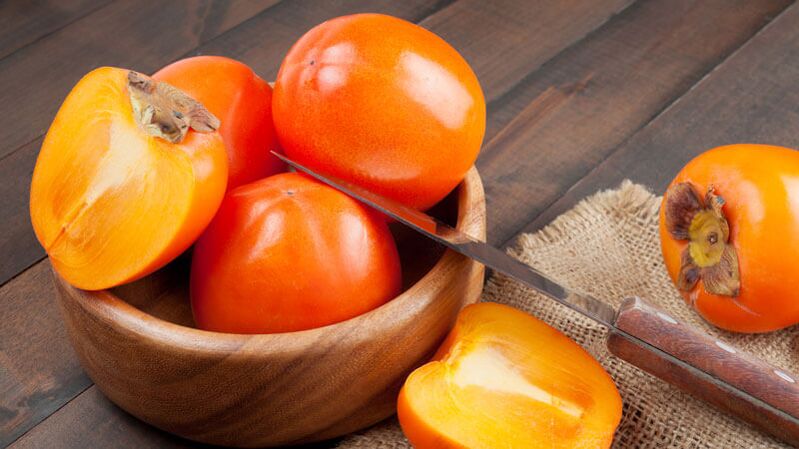

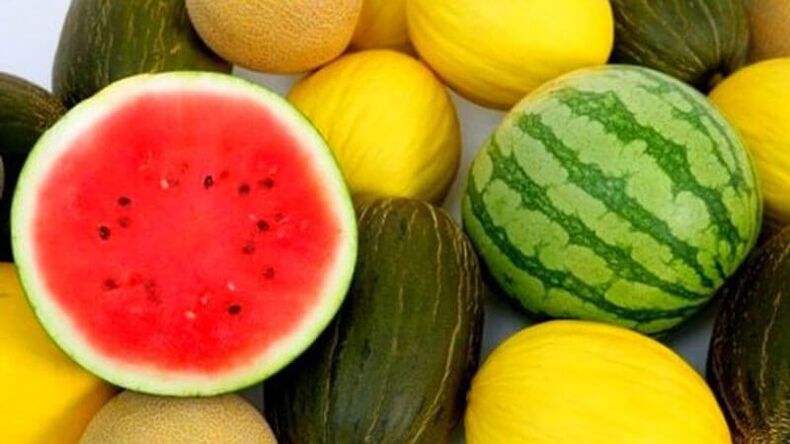
These products for diabetics are prohibited or require the use of bread units. Each patient should consult the attending physician, who can calculate the allowable dose of fruit for consumption.
Controversial Vegetables and Diabetic Roots
The use of vegetables in diabetes is also controversial.
Many patients are not even aware that vegetables and root crops such as potatoes, carrots, beets and tomatoes are subject to the strictest bans.
The listed vegetables contain a lot of glucose, starch and sugar and should not be eaten by diabetics.
The following products may also be considered:
- Jerusalem artichoke treats diabetesRecommended for many experts. It contains a variety of amino acids, trace elements and inulin in a content of at least 80%. This enzyme is a polysaccharide composed of multiple fructose chains. It turns out that this root vegetable should not be eaten in unlimited amounts, but it must be included in a diabetic diet because of its benefits in preventing gastrointestinal problems.
- Pumpkin is a useful vegetable for diabetics. It contains a lot of protein, carbohydrates, fiber and has a positive effect on weight control and maintenance and also aids in weight loss. It turns out that pumpkin with type 2 diabetes is a must, you just need to carefully monitor the amount of product per serving as it is also high in sugar.
- Diabetic sauerkraut has also caused a lot of controversy because, as mentioned above, pickling is prohibited for patients. However, people with type 2 diabetes are allowed to eat this type of salting. Cabbage and kimchi improve metabolism, leading to gradual weight loss. In addition, the work of the gastrointestinal tract also has some useful qualities. So you can use sauerkraut, but only in small amounts.
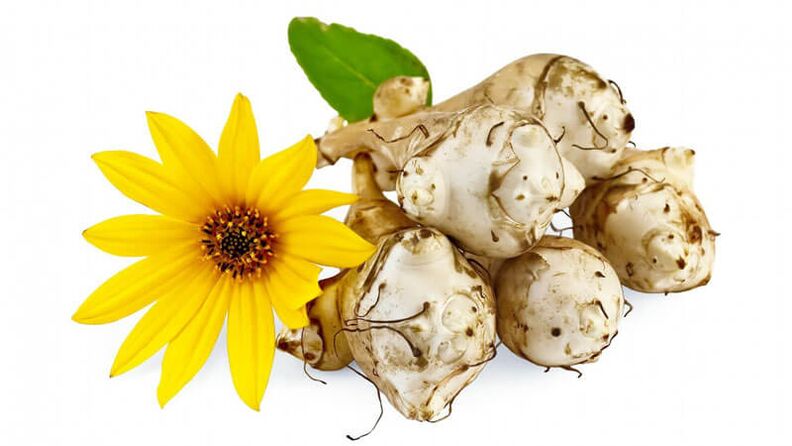


Looking at recipes for people with diabetes, you can find a lot of interesting things in the use of food, including vegetables and fruits.
Here, you should carefully consider the amount of product you need for cooking. If necessary, you should calculate the amount of food you are allowed to eat.
healthy food for diabetes
For people with diabetes, some natural products only have beneficial effects on the functioning of the entire body. So, for example, you cannot completely rule out the consumption of glucose. It is the basis of most processes in the human body and is an integral part of the human body.
Based on the necessity and benefits of using natural products to treat diabetes, scientists have come up with their list of all the properties that should be followed when choosing and formulating a diet.
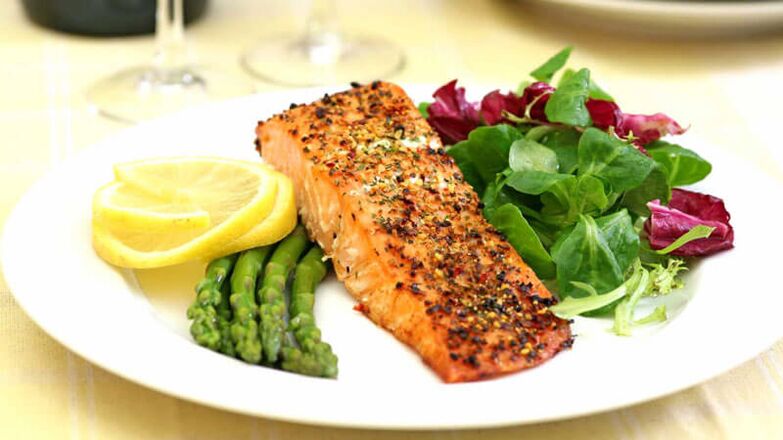
Honey
Most patients refuse to consume honey. In their opinion, it contains a lot of sugar and glucose. As it turns out, this natural product is only 40% sucrose. But it contains the same amount of glucose, which would make honey contraindicated for diabetics.
Still, experts say honey is simply irreplaceable for diabetes. They can replace regular and regular sugar.
A portion of honey for type 2 diabetes should not exceed 1-2 tablespoons. Break it down into steps: add to baked goods or tea.
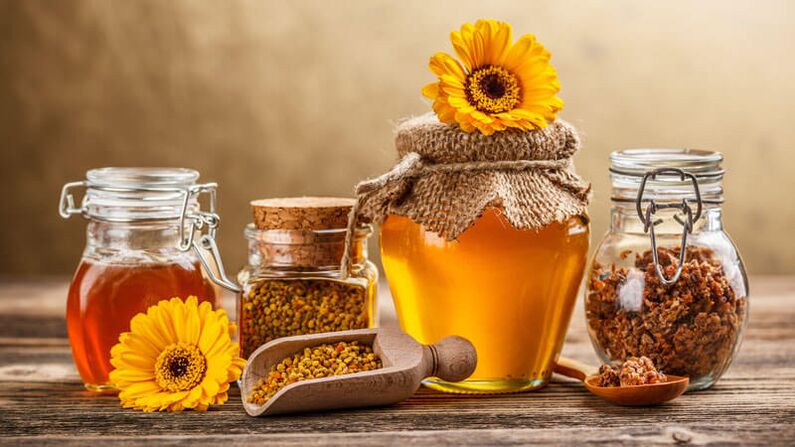
Cinnamon
Cinnamon is mandatory for people with type 2 diabetes. Due to the ingredients of the spices in the body, cells become more sensitive to the insulin produced, which helps to normalize and lower blood sugar levels.
In addition, cinnamon in diabetes helps to remove toxins and toxins from blood vessels and internal organs, which has a positive effect on preventing thrombophlebitis and other serious diseases.
For a delightful cinnamon effect, add half a teaspoon to tea or coffee. You can also sprinkle a little spice on all dishes according to your taste and preference.
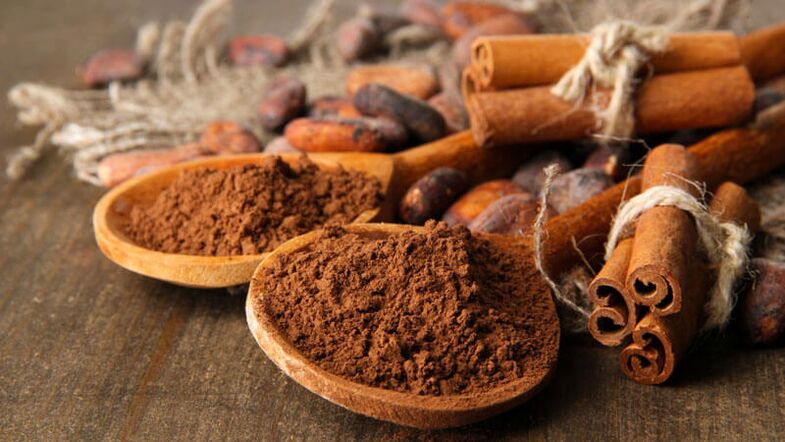
bay leaf
Bay leaf in diabetes is a must, but contraindicated in the presence of severe disease. So, it is imperative to use this natural product to boost immunity, speed up metabolism, and remove toxins and toxins from the body.
On the other hand, people with advanced diabetes, kidney disease, or stomach ulcers should not consume bay leaves.
Bay leaves are necessary for type 2 diabetes because patients are overweight and have high cholesterol.
Bay leaves can be used as a condiment in dishes, but it is more useful to use as an infusion. To prepare it, take 10 laurels and pour in three cups of boiling water.
Leave the infusion on for 3-4 hours. Take 100 g of ingredients up to 3 times a day, half an hour before meals. This will help keep your glucose levels at the correct level.

stevia
Few people know about the benefits of stevia for diabetes, but regular use of this infusion helps maintain glucose at desired levels, strengthens blood vessels, lowers cholesterol and blood pressure, and significantly improves blood microcirculation.
The range is easily available in pharmacies. It should be brewed according to the instructions, and the herbal tea should be drunk hot and in small sips.
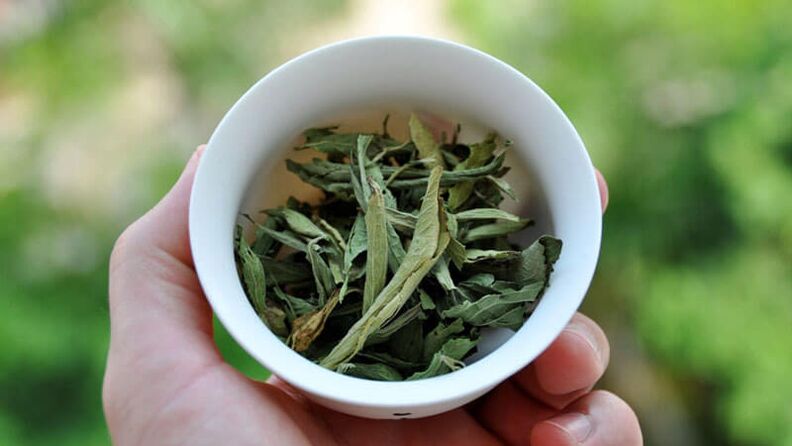
Eat diabetes right according to the basic advice of experts. In this way, you can keep your blood sugar levels at healthy levels and feel good in any emergency.





















